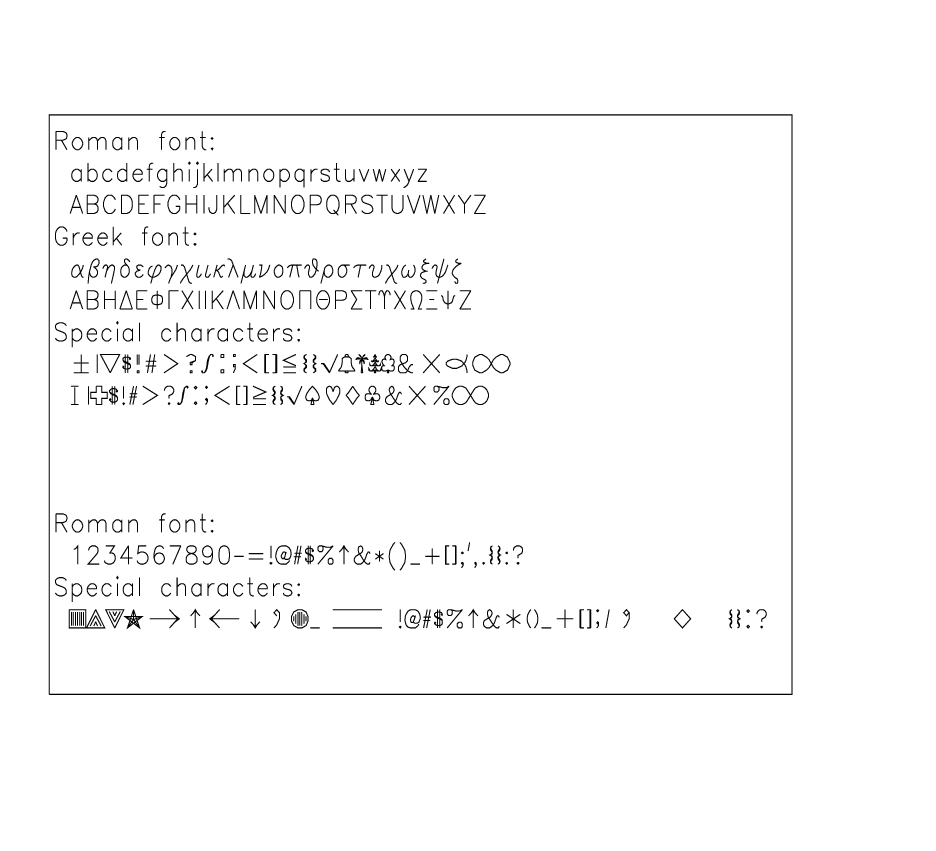A digital filter has a Z transform given by

while an analog filter has a Laplace transform given by

sddsdigfilter data.wf -col=time,value result.wf -low=1,0.01
sddsdigfilter data.wf -col=time,value result.wf -low=1,10 -high=1,100
sddsdigfilter data.wf -col=time,value result.wf -low=1,100 -cascade -high=1,10
sddsdigfilter data.wf -col=time,value result.wf -analog=D,1.0,0.01,C,0.1,0.3,1.6
sddsdigfilter data.wf -col=time,value result.wf -digital=B,0,0,0,0,0,1
sddsdigfilter data.wf -col=time,value result.wf -low=1,10 -high=1,100
sddsdigfilter data.wf -col=time,value result.wf -low=1,100 -cascade -high=1,10
sddsdigfilter data.wf -col=time,value result.wf -analog=D,1.0,0.01,C,0.1,0.3,1.6
sddsdigfilter data.wf -col=time,value result.wf -digital=B,0,0,0,0,0,1
sddsdigfilter [inputFile] [outputFile] [-pipe=[input][,output]]
-columns=xName,yName
[-proportional=gain]
[-lowpass=gain,cutoffFrequency]
[-highpass=gain,cutoffFrequency]
[-digitalfilter=sddsfile,aCoeffName,bCoeffName]
[-digitalfilter=[A,a0,a1,..,am][,B,b0,b1,..,bn]]
[-analogfilter=sddsfile,cCoeffName,dCoeffName]
[-analogfilter=[C,c0,c1,..,cm][,D,d0,d1,..,dn]]
[-cascade]
[-verbose]
-columns=xName,yName
[-proportional=gain]
[-lowpass=gain,cutoffFrequency]
[-highpass=gain,cutoffFrequency]
[-digitalfilter=sddsfile,aCoeffName,bCoeffName]
[-digitalfilter=[A,a0,a1,..,am][,B,b0,b1,..,bn]]
[-analogfilter=sddsfile,cCoeffName,dCoeffName]
[-analogfilter=[C,c0,c1,..,cm][,D,d0,d1,..,dn]]
[-cascade]
[-verbose]
- -pipe[=input][,output] — The standard SDDS Toolkit pipe switch.
- -columns=xName,yName — The names of the input file data columns.
- -proportional=gain — Defines a gain stage, where gain is the multiplier applied to the data.
- -lowpass=gain,cutoffFrequency — Defines a lowpass filter stage, where gain is the multiplier applied to the data and cutoffFrequency is the -3dB point of the filter in units appropriate to the supplied xName.
- -highpass=gain,cutoffFrequency — Defines a highpass filter stage, where gain is the multiplier applied to the data and cutoffFrequency is the -3dB point of the filter in units appropriate to the supplied xName.
- -digitalfilter=sddsfile,aCoeffName,bCoeffName — Defines a digital filter with coefficients in the supplied SDDS coefficient file. This file must contain two columns containing the A and B coefficients of a digital Z transfer function. Control theory convention assumes that the A0 coefficient is always 1.0. To ensure consistency with the SDDS file, the a0 coefficient is the first row in the A-column and must be implicitly supplied. Although there is little benefit to setting a0 to anything other than 1.0, it is allowed.
- -digitalfilter=[A,a0,a1,...,am][,B,b0,b1,...,bn] — Defines a digital filter with the A and B coefficients of the digital Z transfer function supplied on the command line. Either A or B or both coefficients can be supplied. If no A coefficients are supplied, a0 is set to 1.0. Equally, if no B coefficients are supplied, b0 is set to 1.0. If different numbers of A and B coefficients are supplied, the filter order is determined from the largest order.
- -analogfilter=sddsfile,cCoeffName,dCoeffName — Defines an analog filter with coefficients in the supplied SDDS coefficient file. This file must contain two columns containing the C and D coefficients of an analog S transfer function. Conversion to the digital domain is done using a bilinear transform. Note that the user must ensure adequate data sampling, since the general format does not allow frequency warping based on the filter cutoff frequency.
- -analogfilter=[C,c0,c1,...,cm][,D,d0,d1,...,dn] — Defines an analog filter with the C and D coefficients of the analog S transfer function supplied on the command line. Either C or D or both coefficients can be supplied. If no C coefficients are supplied, then c0 is set to 1.0. Equally, if no D coefficients are supplied, then d0 is set to 1.0. Conversion to the digital domain is done using a bilinear transform. Note that the user must ensure adequate data sampling, since the general format does not allow frequency warping based on the filter cutoff frequency.
- -cascade — Defines the start of a new filter stage. Any number of filter stages can be supplied for a single data set. If more than one filter is defined, then the outputs are summed unless the -cascade switch is supplied between the filter definitions, in which case the output of the first filter stage is fed into the input of the subsequent filter stage.
- -verbose — Prints the filter coefficients for each filter stage.